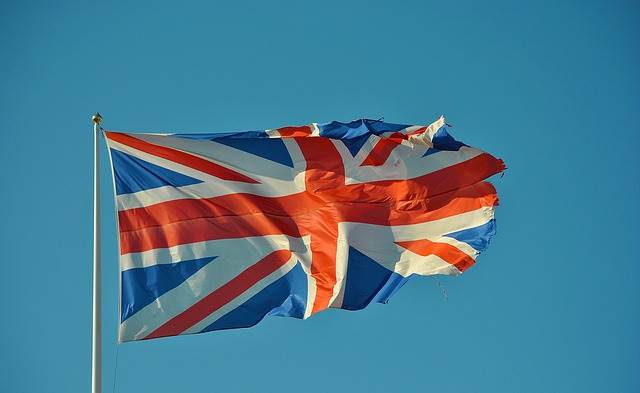 The Office for National Statistics has revealed that wage growth for the year to May came in at 3.6%, making it the best increase since the Global Financial Crisis was in swing in 2008. The rise is above the official level of inflation which stands at 2%, but many people will not be able to detect the nominal increase in their disposable income levels. Measured against the “official” level of inflation, wage increases have outstripped the rise in prices since March of last year.
The Office for National Statistics has revealed that wage growth for the year to May came in at 3.6%, making it the best increase since the Global Financial Crisis was in swing in 2008. The rise is above the official level of inflation which stands at 2%, but many people will not be able to detect the nominal increase in their disposable income levels. Measured against the “official” level of inflation, wage increases have outstripped the rise in prices since March of last year.
On a superficial basis, the UK employment figures look good. Employment stands at a record level of 32.75 million (May 2019) and official unemployment (out of work, claiming benefits and actively seeking employment) stands at its best level since 1992 with 1.29 million people officially without work.
The ONS’s Matt Hughes, its deputy head of labour market statistics, summarised the situation as follows: "The labour market continues to be strong. The number of self-employed part-timers has passed one and a half million for the first time, well over double what it was 25 years ago. Regular pay is growing at its fastest for nearly 11 years in cash terms, and its quickest for over three years after taking account of inflation."
However, as ever, the devil is in the details. The estimate for average regular pay (before tax and deductions) is £503 per week, but when the cumulative effects of rising prices is considered, the average pay figure comes in at £468 per week - £5 below the level before the Global Financial Crisis kicked in in April 2008.
The experience of many families in the UK who are struggling to get by will be at odds with government politicians, crowing about the current situation in the UK job market as if it heralds some new golden age. It simply acts as a practical illustration of the divide in the country between people in well paid work and those trying to manage to keep their heads above water, the “Just about Managings” that Theresa May promised to help, but did nothing for, when she became PM in October 2016.
